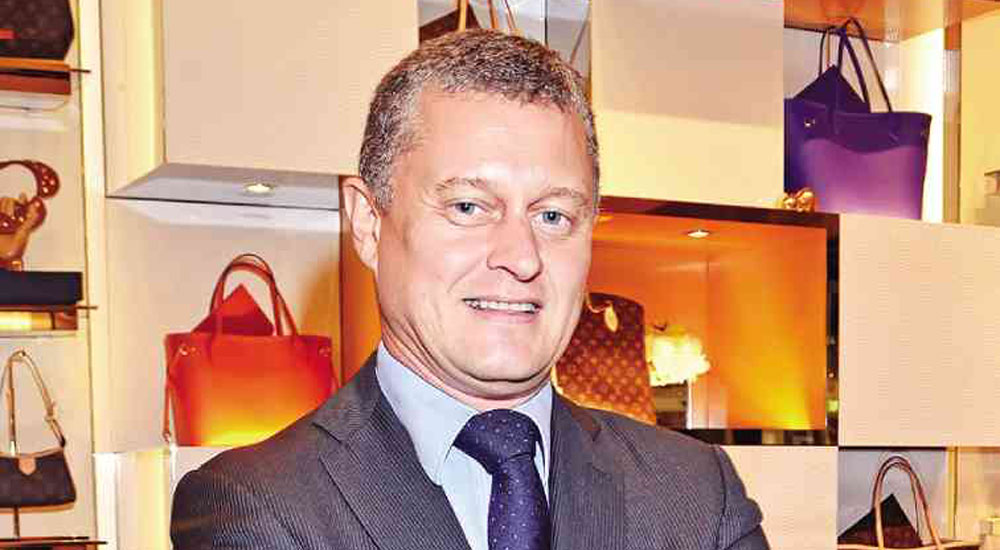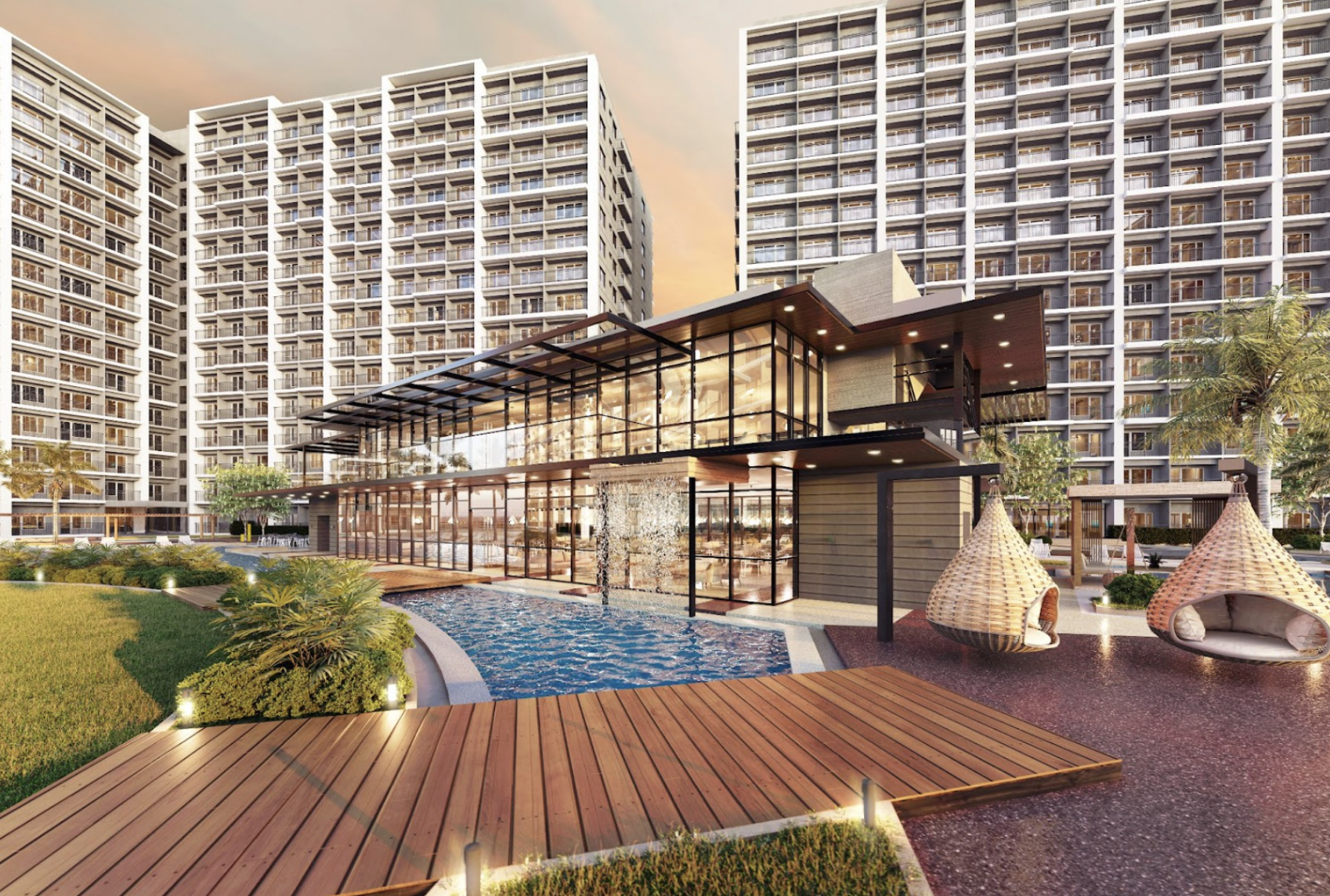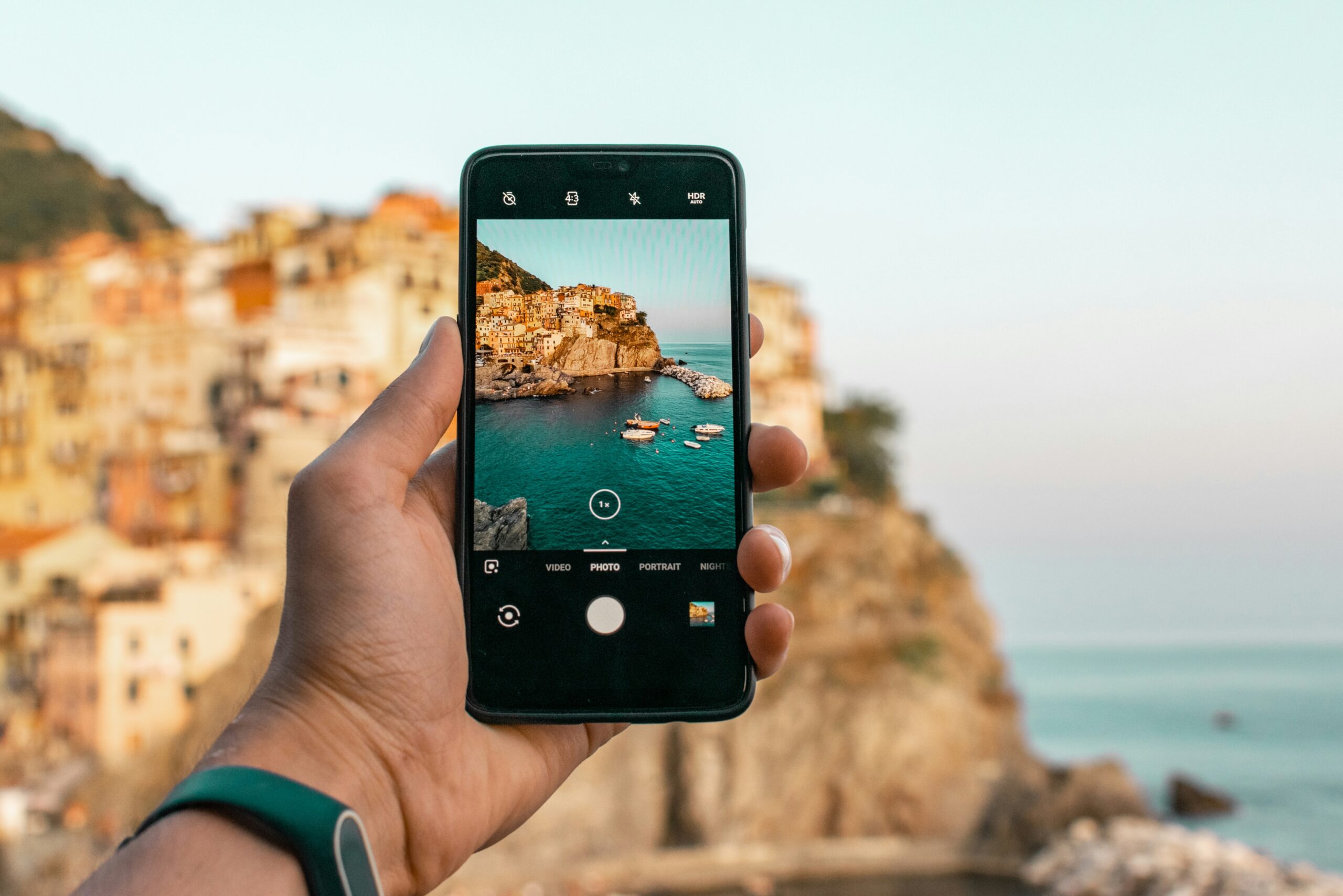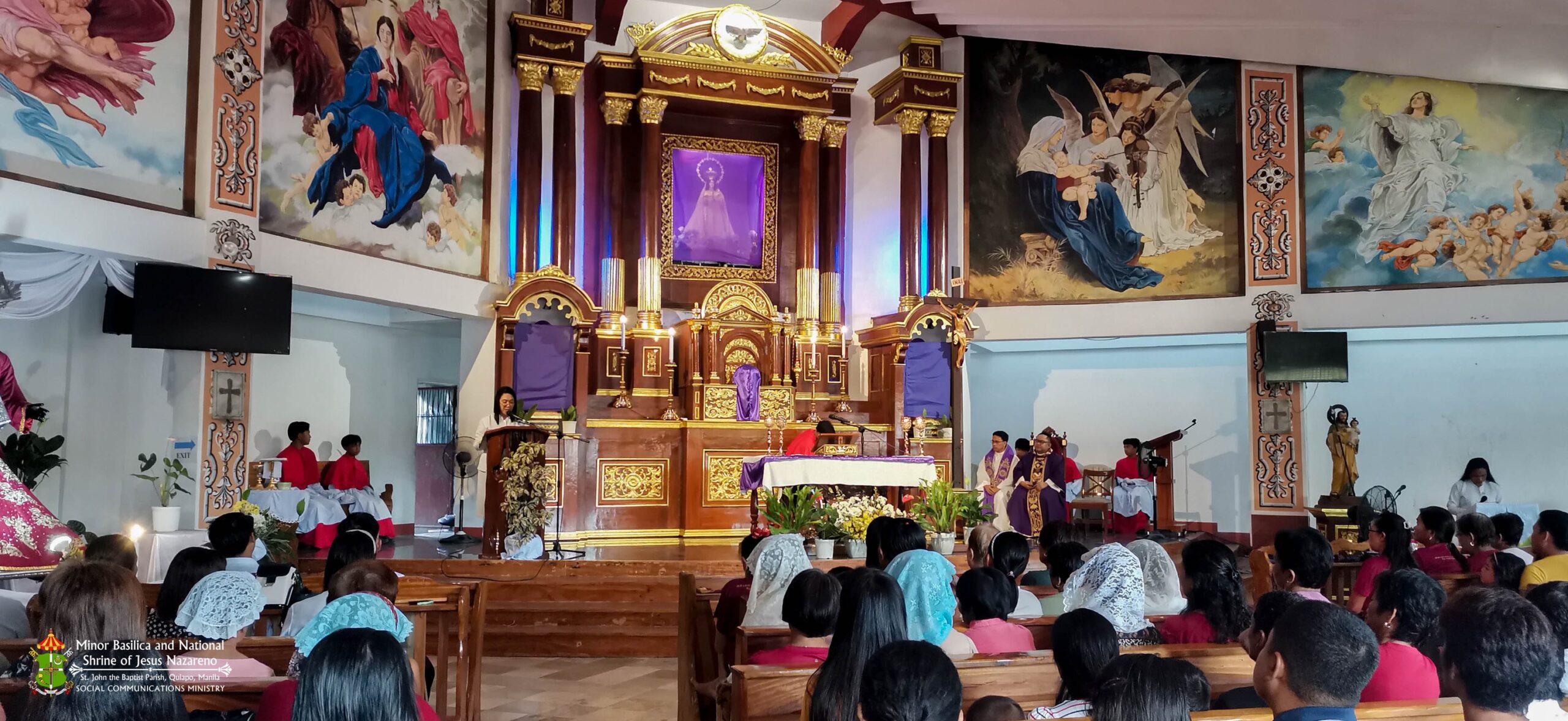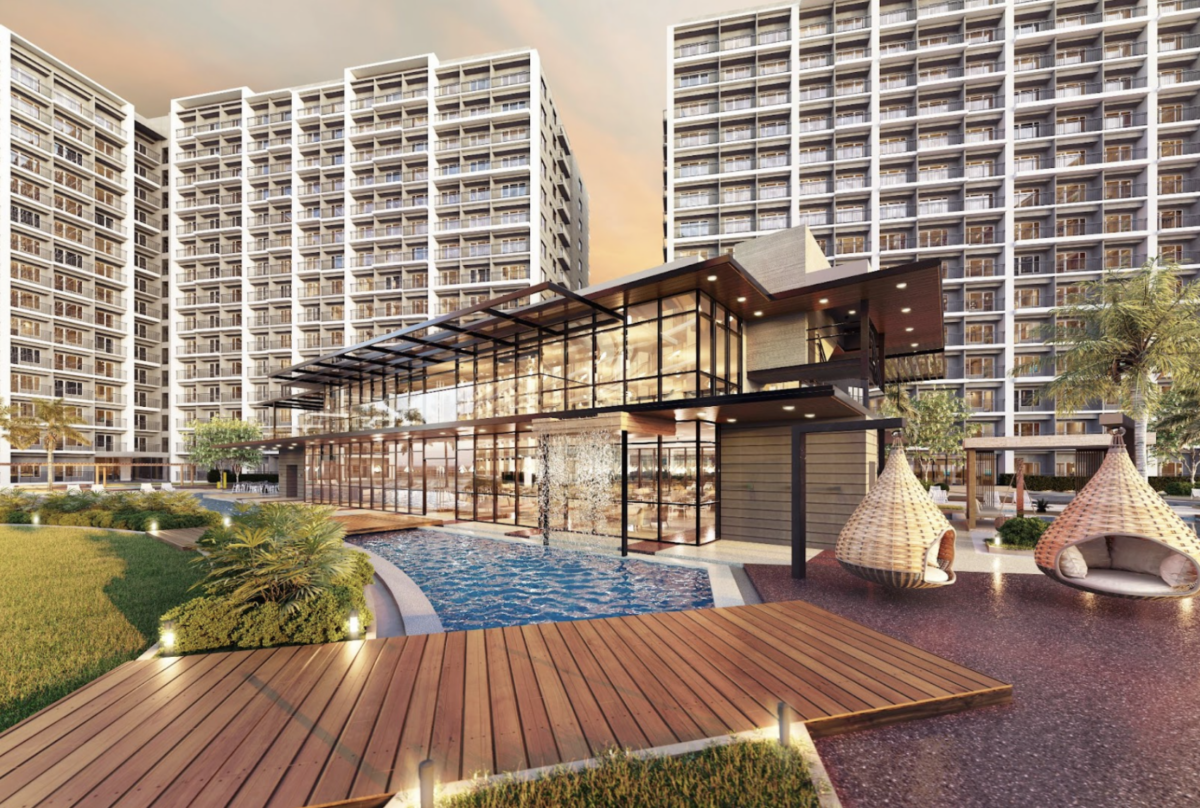
As Louis Vuitton recently marked its 20th year of doing business in the country, Jean-Baptiste Debains, the former president of Louis Vuitton Asia-Pacific, was moved to say: “Today, it sounds completely natural to be in the Philippines. It wasn’t so 20 years ago.”
“During those days, it was probably daring on our part,” said Debains, who has left his post in Hong Kong for Rome to oversee Fendi’s international business (Fendi is part of the LVMH group). “At the same time, we also paved the way for others to come in.”
While he declined to reveal investment figures, including how sales of Louis Vuitton in the Philippines compare with the rest of Southeast Asia, Debains said the French luxury company was just being true to itself when it took a gamble with a then-young Philippine market. After all, it has always been part of Louis Vuitton’s DNA as a brand associated with travel to explore and seek new adventures.
Relationships
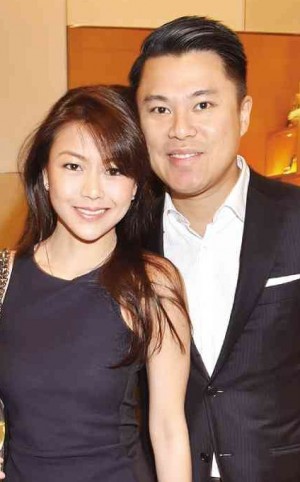
“After 20 years in the Philippines, what’s important is the fact that we have been able to strengthen and build relationships,” he said. “Some of our relationships with clients go back even further because they have been buying Louis Vuitton abroad.”
“For us, ranking is not interesting,” added Debains. “What’s interesting is the kind of relationships we develop with clients over time in every market we go to.”
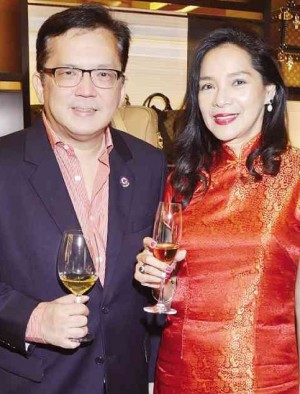
Such product awareness and brand recall wouldn’t have been possible without a local presence. There’s nothing more important than “direct relationships you’re able to develop with your team at home.”
The physical expansion of Louis Vuitton’s lone store in Makati City over the years is very telling. When it first opened in 1993, the brand made do with a modest 50-square-meter-space at 6750 on Ayala Avenue.
Ten years later, Louis Vuitton made the big move to Greenbelt 4. By then, American designer Marc Jacobs was already six years into his job as the brand’s first-ever artistic director. Classic, reinterpreted and limited-edition Louis Vuitton bags had started flying off the shelves the world over, including the Philippines.
With a total gross area of 302 sq m, the new store wasn’t only several times larger than the brand’s old address. It also kept in step with the look and feel of Louis Vuitton’s stores abroad.
Multilevel store
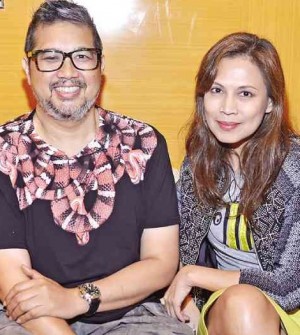
Talk of opening a new branch in another part of Metro Manila died down when the brand decided to expand its Greenbelt store in 2011. Instead of going up, its engineering and design teams built down by occupying a portion of the Greenbelt parking lot.
After nearly a year of construction, the new, multilevel Louis Vuitton store opened in 2012. With a gross area of 740 sq m, it now has enough space to include a private VIP section and back office.

“That move wasn’t easy,” said Debains. “We have been thinking for a long time how to renovate the store and make it a bit bigger to feature more product categories as well as receive our clients better. Since the Greenbelt space is limited, we hit upon this idea of a split-level floor plan by going down instead of up.”
Louis Vuitton’s physical expansion was also in response to the unique market it caters to in the Philippines. Unlike most nationalities, Filipinos love to come and shop as families. They love to compare and discuss among themselves before settling on a purchase.
“Sometimes they just want to say hello to the staff and exchange stories with them,” said Debains. “Whether they buy now or at some other time in the future is not important. What’s important is for us to provide them with enough space whenever they’re around.”
Domestic market
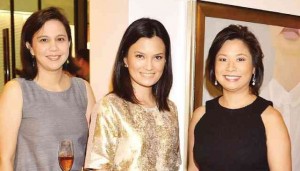
And unlike other Asian markets such as Hong Kong, Singapore, Guam and, to a lesser degree, Bangkok and Kuala Lumpur, Manila relies more on the domestic market.
“There are some countries in the region that are tourist destinations for luxury shopping,” said Debains. “That isn’t the case in Manila. The bulk of the clientele is composed mostly of locals. That’s why it’s important for our staff to build lasting relationships with customers.”
Despite the risks Louis Vuitton took by being one of the first luxury brands to invest in the Philippines, Debains, who assumed the position only seven years ago, is happy at the rewards the French company is reaping.
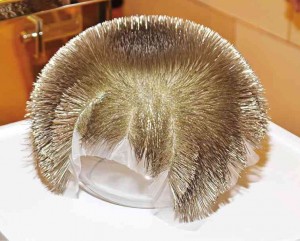

“You can hardly recognize Greenbelt today from what it was five years ago,” he said. “It’s amazing to see the development, arrival and variety of new brands. At the same time, you now see a growing number of well-dressed people sporting their favorite accessories. These things only confirm how right we were to come here 20 years ago.”
The LV Philippine team led by country manager Rhea de Vera-Aguirre also marked the brand’s 20th anniversary in the country with a multimedia art exhibit at Louis Vuitton’s Greenbelt store.
With “a tribute to heroines” as its theme, the exhibit featured the works of Filipino contemporary artists Ramon Orlina, Ferdinand Cacnio, Popo San Pascual, Chati Coronel and Olivia d’Aboville. Proceeds from the sale of the artworks will go to SOS Children’s Villages in typhoon-ravaged Tacloban.

